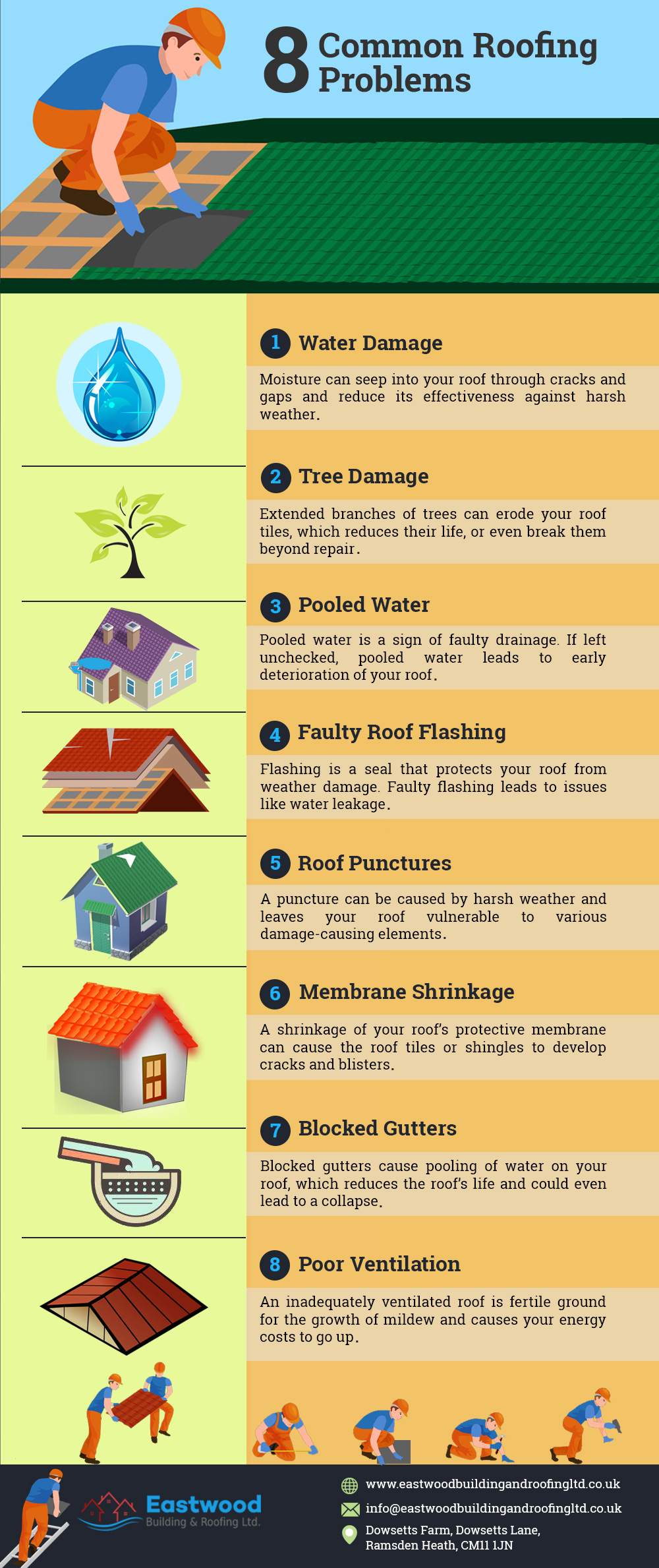Identifying Roof Covering Damage Early To Avoid Considerable Issues
Identifying Roof Covering Damage Early To Avoid Considerable Issues
Blog Article
Short Article Created By-Wooten Clancy
To shield your home from prospective pricey repair work, identifying roof damage early is critical. By watching out for refined signs like missing shingles or water discolorations, you can capture problems before they aggravate. However what concerning those usually overlooked locations that could hint at hidden problems hiding over you? Stay tuned to find crucial pointers for detecting roof covering damage before it intensifies into a significant migraine.
Early Indication
Spotting roofing system damages early can conserve you money and time. One key very early warning sign to look out for is missing or damaged shingles. If you notice any kind of shingles that are split, curling, or completely missing, it's important to resolve the concern promptly. These damaged tiles can leave your roof covering at risk to leaks and more damages.
Another sign to look for is water discolorations on your ceiling or walls. These discolorations can indicate a leak in your roof that requires prompt focus. Neglecting repair flooring can lead to a lot more substantial and pricey repairs down the line.
Additionally, be on the lookout for any kind of indications of sagging or drooping areas on your roofing system, as this can show architectural damages that requires to be repaired promptly.
Exterior Examination Tips
Frequently checking the exterior of your roof is essential for maintaining its stability and determining potential damages early. Beginning by examining the shingles-- try to find any missing, fractured, or curling shingles, as these can be signs of roof damage.
Examine the rain gutters for granules from the tiles, as too much granule loss might represent aging or weathering. Take notice of the flashing around vents, chimneys, and skylights, guaranteeing they're snugly secured and devoid of cracks.
Look for indicators of moss, algae, or mold and mildew development, as these can cause roof covering deterioration if not dealt with quickly. Furthermore, examine the fascia and soffits for any water spots or rot, which can signify water damages.
Lastly, analyze the total problem of your roofing from the ground, seeking any drooping areas or noticeable dips. By performing these exterior inspections on a regular basis, you can catch roof covering damages early and avoid it from becoming a major problem.
Inside Warning
When inspecting your roof covering for potential damage, don't forget the relevance of examining the interior of your home. Interior red flags can often be early signs of roof covering concerns that require interest.
Start by examining roofer san antonio texas for any kind of water discolorations or discoloration, as these can signal a leak in the roof covering. One more essential area to check is the attic, where indications of water damage, mold and mildew, or mildew may show a roof covering issue.
Pay close attention to any moldy odors or a noticeable boost in humidity levels, as these can also be indications of water intrusion from a damaged roofing. Additionally, sagging areas in the ceiling or walls ought to be taken seriously, as they could be an outcome of water damages compromising the framework.
If you observe any one of these interior red flags, it's critical to have an expert contractor evaluate the situation quickly to stop additional damages and costly repair services.
Final thought
By staying attentive and consistently checking for early warning signs of roof damage, you can protect against minor issues from becoming significant problems. Watch out for missing or damaged roof shingles, water discolorations on ceilings or walls, and any type of sagging or sagging areas on the roofing system. By dealing with these issues immediately, you can save on your own from pricey repairs and guarantee your roofing continues to be in good condition for many years ahead. Remain proactive and shield your home from prospective damages.
